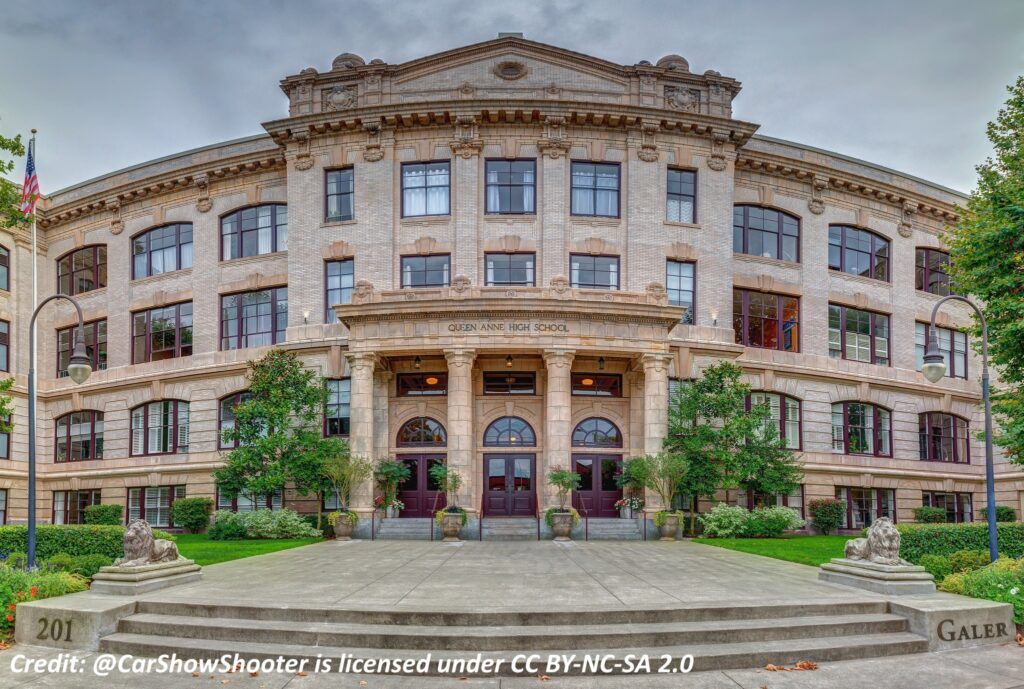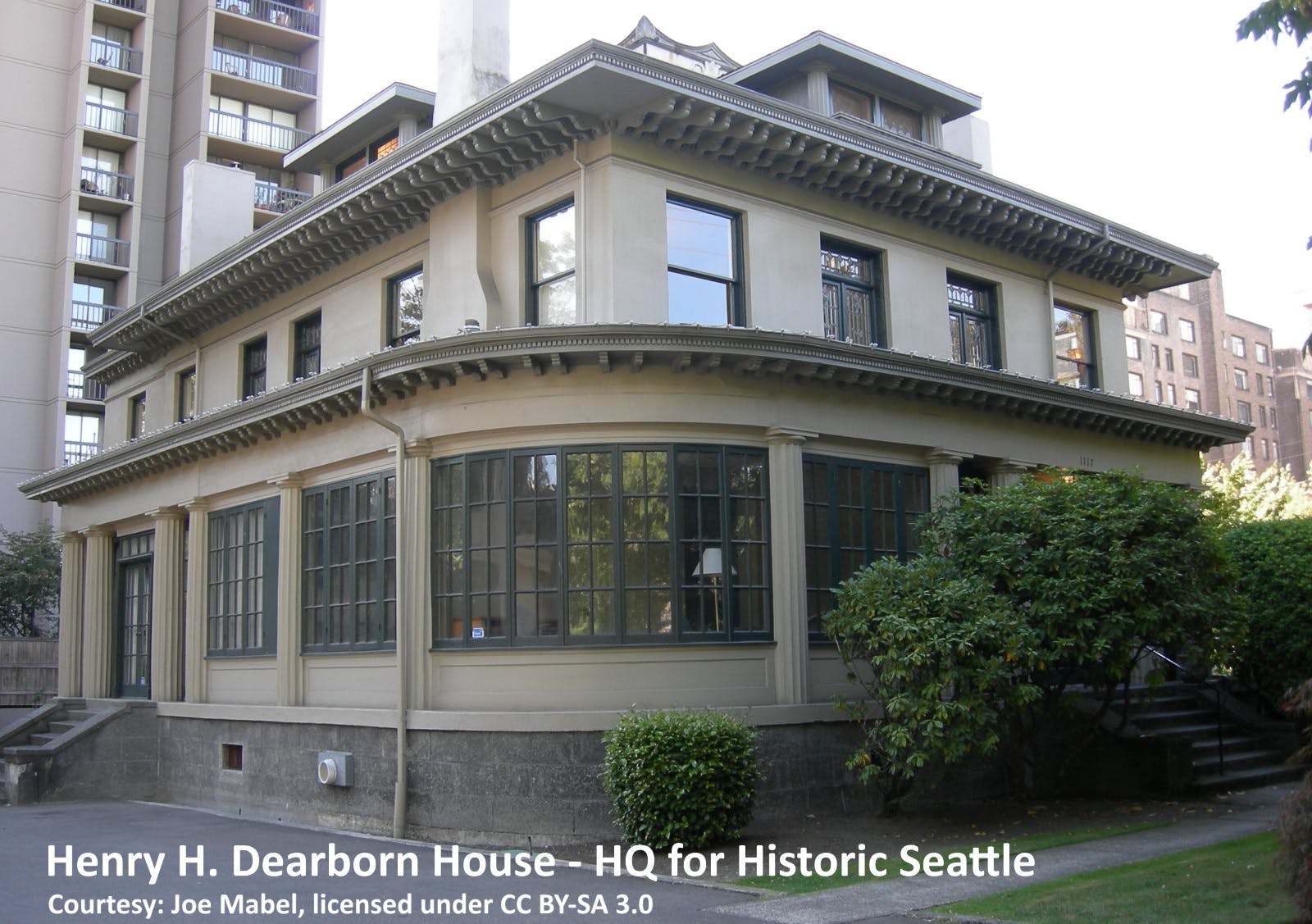One might think that, in one of the fastest-growing U.S. cities, Historic Seattle would face overwhelming odds to achieve its mission of acquiring and rehabilitating properties amid a clamor from prospectors to redevelop aging edifices into multi-million-dollar structures of glass and steel.
Living in the Pacific Northwest, however, having respect for the past and a resourcefulness to creatively reimagine iconic places are hallmarks of this region’s identity. In many aspects of our community, we live and breathe the ideal of reuse and recycle.
Now, we mark the journey traveled by Historic Seattle as it celebrates 50 years of existence. A City of Seattle charter established this ambitious public development authority in November 1973 to preserve the Emerald City’s architectural heritage – with a record of success.
Dozens of structures have been saved from the wrecking ball, brought back to life and repurposed into vital pieces of this city’s community and culture. A glance at its projects is impressive.
As a real estate broker and blogger, I take with special interest the wildly successful reuse of one-of-a-kind structures in our city. As an example, Historic Seattle took possession of three school buildings on Queen Anne Hill and turned them into modern homes for hundreds to enjoy, including:

- The 1909-built Queen Anne High School (pictured) was converted in 1985 into 137 apartment units. The five-story English Renaissance Revival building has since been switched to for-sale condos with a rooftop terrace for residents and their guests. The concrete-and-wood building is a designated Seattle Landmark and listed in the National Register of Historic Places.
- The high school’s industrial arts building next door was reinvented as well. Constructed in 1955, the two-story structure was turned into a 16-unit condo in the early 2000s.
- A few blocks away, West Queen Anne Elementary School was constructed in the late 1890s with three additions in the early 20th century. The original structure – a Romanesque dark brick, two-story building – is noted for its steep roof line and “West Queen Anne Public School” sign with arched window above the original entrance. The series of buildings became a 49-unit luxury condo in the 1980s – all with the help of Historic Seattle.
It is about more than just saving schools and turning them into modern homes. Historic Seattle has played a pivotal role in reusing grand estates, row homes, historic hotels, fire stations and meeting spaces. Today, they are used as residences, offices, art studios, cafes and more. Even one of the city’s famed street clocks – named for preservationist Earl Layman – was restored by Historic Seattle.
The organization follows its mission by having the headquarters in a repurposed building named after Henry H. Dearborn, a real estate magnate who had this First Hill structure built in the early 1900s as a family residence. The home was first converted to offices and occupied by various medical practitioners before it became HQ for Historic Seattle in 2021. Like many of the projects curated by Historic Seattle, Dearborn House (pictured atop) is also listed in the National Register of Historic Places and designated as a Seattle Landmark.
As it embarks on another 50 years of reviving outstanding pieces of Seattle’s past, the organization is moving forward with plans to act as self-sustaining stewards and partners with the city’s Landmarks Preservation Board to ensure elements of the built community are saved for generations to come.
Historic Seattle recently informed its followers about how the preservation board agreed to designate landmark status to the Seattle Center Playhouse and Exhibition Hall. The large space has connections to the 1962 World’s Fair and it is used today for the Pacific Northwest Ballet and exhibitions.
Only a few hundred yards away, the city’s Memorial Stadium will undergo a complete teardown and rebuild of the mid-century venue for sports, concerts and school graduations. Like other elements of our city’s great past, Historic Seattle helped to convince the preservations board to retain the Memorial Wall as part of the future stadium. The wall pays tribute to Seattle high school students who lost their lives in World War II. It was designed by Garfield High School student Marianne Hanson and installed in 1951.
It’s all about preserving our past while injecting new life into our historic architecture.
==========
The combination of Historic Seattle and the Landmarks Preservation Board is only as strong as the commitment of the community. If you believe in the power of preservation, consider donating to Historic Seattle’s efforts to save our past as our city grows.




